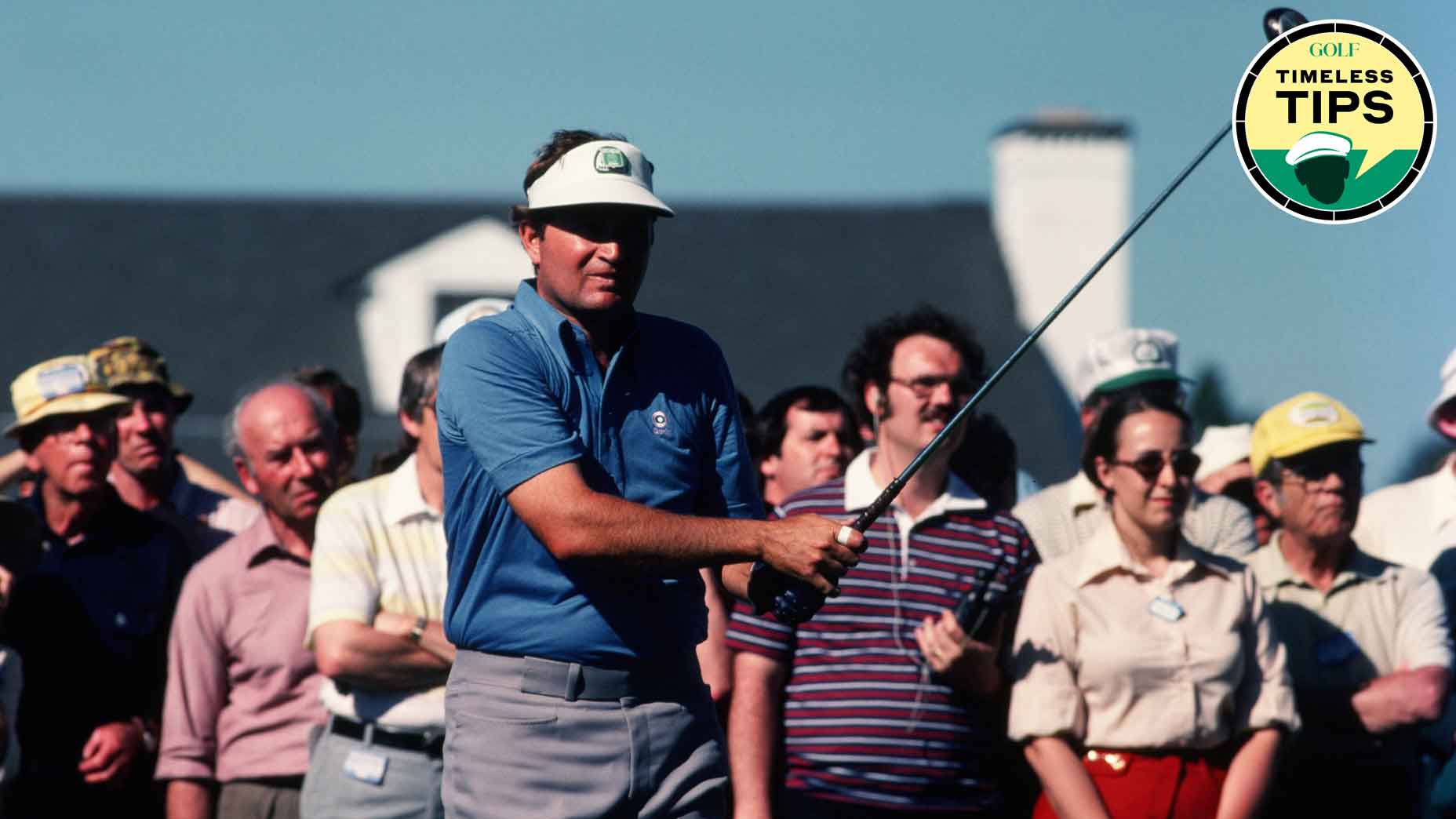 Justin Thomas’ favorite ball-striking drill for flushing your irons
Justin Thomas’ favorite ball-striking drill for flushing your irons
I hate divots. And here’s why you should, too.
Editor’s Note: Baden Schaff has been a PGA teaching professional for 17 years and is the co-founder of Skillest, a digital platform that connects golf students with golf coaches across the world for online lessons. To learn more about Skillest and to book a lesson of your own with Baden, head over to Skillest.com or download the app in the app store.
Let’s talk about one of the most overrated aspects in golf: Divots. Divots get my blood boiling. I think a lot of poor ball strikers see big chunky divots as the holy grail, but I’m here to tell you that as soon as I see a student taking a giant soup bowl-style divot, I know that they are technically flawed.
But for some reason divots have a sexy reputation. I think most golfers associate them with compression of the ball and huge amounts of backspin. But I can’t stand them. The idea that you need to take a pound of soil with the ball to be a great ball striker is completely backwards.

ADVERTISEMENT
Now, I know that when we’re watching the PGA Tour we see the occasional big divot and it looks really cool, but there are a few things you need to consider when you see this. It almost always happens in the northern states, where the ground is wet and soft, they are only ever taken with wedges and the player is taking a divot not because they are trying to do it but because of good mechanics.
The way the average golfer interprets this is quite the opposite however. They are trying to take divots in all conditions with all clubs and by hitting down into the planet as much as they possibly can.
STOP!!!
View this post on Instagram
Compression is a word that most of you probably know. It is a term that refers to the squashing of the ball into the face of the golf club and is indicative of good ball striking. Over my years of coaching I have come to understand that a lot of golfers believe that compression has something to do with ground interaction or compression the ball into the ground…..This could not be further from the truth.
Compression has nothing to do with divots — to the contrary. Hitting down into the earth will only compromise your contact.
The most common thing I see when I have a big divot taker standing in front of me is their inability to hit longer clubs. You see students who take big divots inevitably have an incredibly steep angle of attack. They can get away with hitting their wedges and even mid-irons, but anything beyond that is out of the question.
We know that Rory has an attack angle of +4 with driver. Now, if you have an attack angle of -8 with 8 iron you can almost guarantee that you will not be able to make the transition into the longer clubs.
So how should you approach it?
Never ever ever TRY and take a divot again!
As I have said in previous articles you should be trying to sweep the ball off the surface, even your wedges. Divots will come regardless but they will be the beautiful bacon rasher bruising of the surface not the giant cavernous divots indicative of a high handicapper. As one of my recent students said “Now that I’m not trying to take divots, it just seems to happen”.
Recently I received a swing on Skillest from a Golf.com reader who was trying to take large divots. Next week we are going to break his action down and show you what trying to hit the ground did to his swing!!
Be sure to send me your swing on Skillest if you want to find out if your action is on the mark.
To learn more about Skillest and to book a lesson of your own, head over to Skillest.com or download the app in the app store
ADVERTISEMENT





